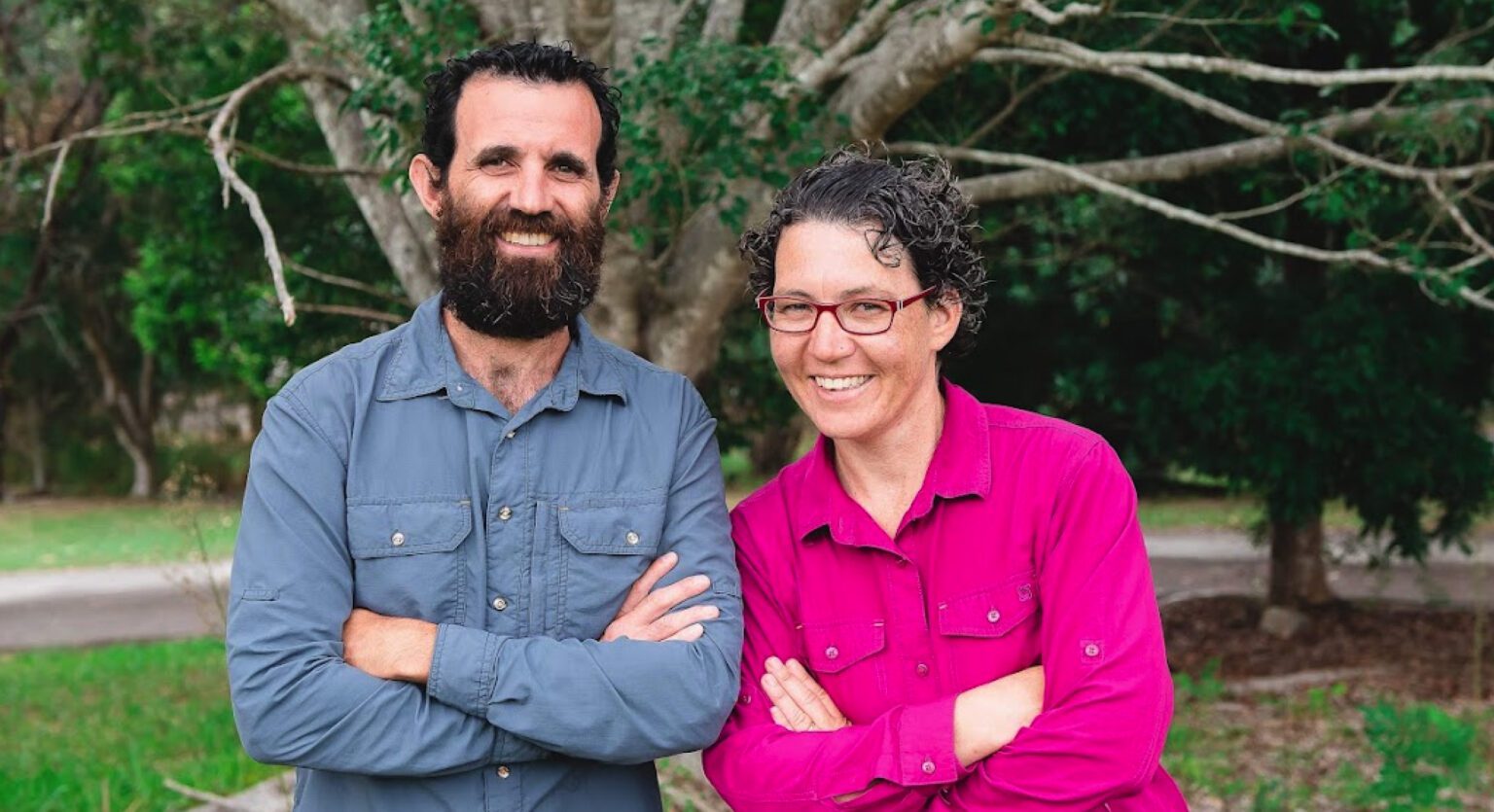Every person who visits your business's website is a prospect, which means anyone who leaves without a trace is a missed opportunity. Here's how to create a coordinated marketing and sales funnel for your business.
You’ve got a great product or service to sell. You know it, your neighbour knows it and your loyal customer base knows it. So, why don’t more online shoppers jump at the chance to join your list of happy customers?
Don’t take it personally, says marketing strategist Fernanda Alberici from Fab Marketing, because the simple fact is that about 97% of people who land on any given website are not ready to buy there-and-then – they’re just looking.
So how do you convert these people from window shoppers into paying customers? Think of it as a three-step process: getting their attention, asking them to share their details and then attracting their business by continuing to talk to them.
Let’s run through it step by step.
Step 1: How to get your customers’ attention
First and foremost, you need to bring potential customers to your business’s website.
When choosing a marketing strategy to help boost website traffic, Eloit Laity, Managing Director at BDM Media, says it’s important to have a clear idea on the outcome you’re trying to achieve.
“Perhaps it’s multiple product sales in retail. Maybe it’s setting up private appointments for B2B or it could be setting up a webinar for coaching services. Whatever you’re selling, your marketing strategy should take your customers on the simplest possible journey to the point of sale,” he says.
Laity suggests considering the following marketing strategies to increase your website’s traffic:
- Email and SMS: re-engage existing clients via email marketing and SMS marketing campaigns.
- LinkedIn: For B2B businesses, connect and communicate with potential clients on LinkedIn.
- Google organic search: optimise your website’s SEO so it appears at the top of the rankings naturally.
- Paid ads (Google or Facebook): better for immediate results. They work on a pay-per-click model.
- Content: blogs, videos, guest blogs or articles in local papers, magazines, websites, Facebook groups or other social media platforms.
- Influencer marketing: both organic and paid.
While some of these steps will require an upfront investment to pull off, the long-term benefits of getting this right will far outweigh any initial set-up costs.
Step 2: How to capture your customers’ details
Once you’ve started increasing traffic to your website, Laity says you can now try to capture as many potential customers’ details as possible for future sales opportunities.
According to Laity, that’s because while only 3% of people are ready to buy now, a large percentage are genuinely interested in your product or service. The timing just isn’t quite right.
To encourage those visitors to leave their details, Laity says you need to have an understanding of your exact target buyer and appeal to them with the appropriate messaging throughout your website.
“You need to know exactly who your ideal customers are: their problems, fears, goals, dreams and aspirations. Show them you understand – it’s about being human,” Laity says.
It’s also about stacking the odds in your favour by incentivising as many customers as possible to share their details, with their consent and the appropriate privacy information considered.
“This allows you to keep marketing to them for a future sale,” Laity says.
Alberici agrees: “If you don’t have a lead capture system in place you’ve likely lost that prospect for good – usually they don’t come back.”
But that’s only half the job.
You may also want to offer them something of value in exchange for contact information, such as their email address or phone number.
“One of the main lead magnets I like to use are PDF downloads – an ebook, a report, a guide or a cheat sheet,” Alberici says.
“You can offer downloads using a lead capture mechanism throughout your website – a button, a link, or a pop-up box – that asks visitors to fill in their details in exchange for the download.”
To encourage potential customers to take up the offering, Laity recommends adding:
- Urgency: include an obvious end date or countdown timer for promotions.
- Curiosity: pique their interest by suggesting you could help solve a problem or share a secret strategy.
- Exclusivity: make your product/service available only to the first five people who qualify.
- Relatability: share real testimonials and case studies.
Step 3: Bringing customers back into the fold
Once someone has visited your website, there are two key strategies to attracting them back, according to Alberici and Laity.
The first way, explains Laity, is to directly market promotions or offers to those who provided their email or phone number in your lead capture forms. Importantly, you need to make sure you sought the appropriate permissions to do this when you first captured their details and comply with anti-spam regulations.
“This is done by providing a privacy request, which they agree to when submitting their details on your website.”
The second way is slightly more complicated, but it can allow you to re-engage the people who visit your website in the future.
This method involves setting up Google and/or Facebook tracking pixels on your website, which are snippets of code that allow you to learn more about visitors to your website.
“Even with lead capture boxes you’re going to lose some prospects. But by placing a Google and Facebook pixel on your website, you can retarget everyone who lands on your website with ads,” Alberici says.
Laity explains you can even place different pixel codes on different pages throughout your website to register your web visitor activity in order to remarket different promotions or products to your prospects, depending on what they showed interest in.
“For example, let’s say a customer downloaded my business’s cheat sheet,” Laity says. “My proceeding ‘thank you’ or conversion pages can contain a code so we can trigger further advertising to my handy training course.”
Alberici adds another example: “If someone puts a product in a cart but didn’t complete the purchase, you can follow them with an ad of that product saying they forgot to complete their purchase.”
Final tips: put the (potential) customer first
Alberici says as the majority of your website’s visitors are not ready to buy on the spot, your direct marketing strategy should encourage potential customers over time with content that provides ongoing, genuine value.
“If you’re the one who educates them and brings them with you on that journey, then you’re going to take a much bigger slice of the market,” Alberici says.
With that in mind, Laity recommends you spend a little time looking at your website from the perspective of your ideal customer.
“Have a look at the journey you’re leading them on from their perspective. It’s not about you, it’s about them and how you solve their problems,” Laity says.








